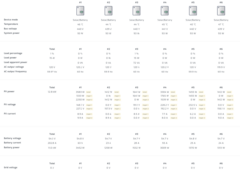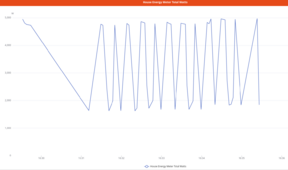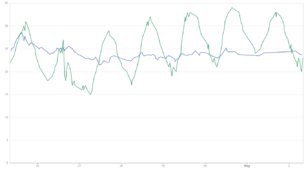fmeili1
Solar Enthusiast
2nd YEAHHHH... today I've just got the final approval from the local electrical energy provider 


At 11am I've flipped the manual transfer switch to "Solar Generator" position and I hope I never need to flip it back (I'm an optimist ).
).
Over the next couple of days I will post some updates and charts about how the system works.
At 11am I've flipped the manual transfer switch to "Solar Generator" position and I hope I never need to flip it back (I'm an optimist
Over the next couple of days I will post some updates and charts about how the system works.























